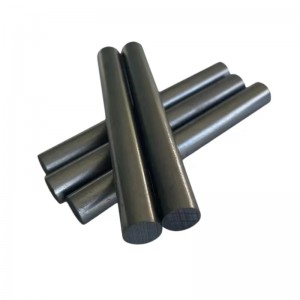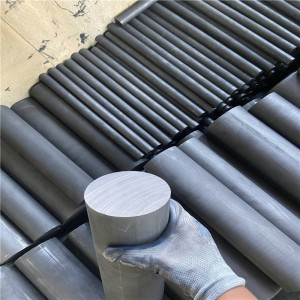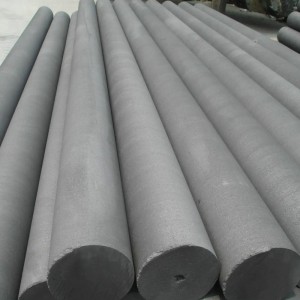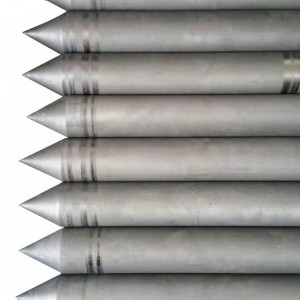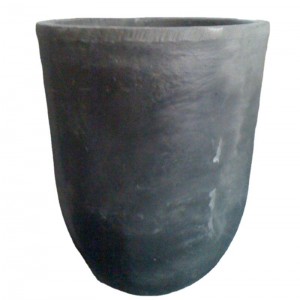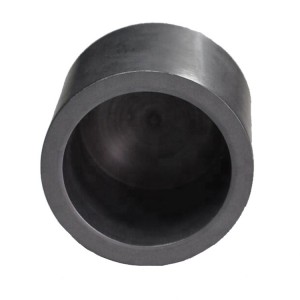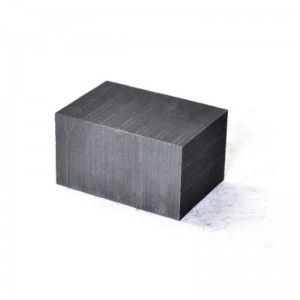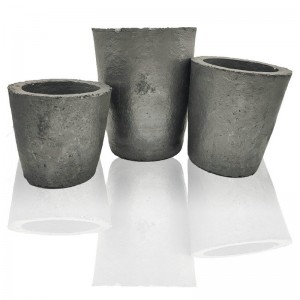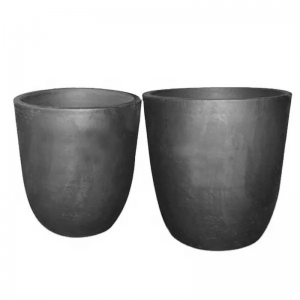Carbon Graphite Rod Black Round Graphite Bar Conductive Lubricating Rod
Technical Parameter
|
Item |
Unit |
Class |
||||||
|
Maximum particle |
|
2.0mm |
2.0mm |
0.8mm |
0.8mm |
25-45μm |
25-45μm |
6-15μm |
|
Resistance |
≤uΩ.m |
9 |
9 |
8.5 |
8.5 |
12 |
12 |
10-12 |
|
Compressive strength |
≥Mpa |
20 |
28 |
23 |
32 |
60 |
65 |
85-90 |
|
Flexural strength |
≥Mpa |
9.8 |
13 |
10 |
14.5 |
30 |
35 |
38-45 |
|
Bulk density |
g/cm3 |
1.63 |
1.71 |
1.7 |
1.72 |
1.78 |
1.82 |
1.85-1.90 |
|
CET(100-600°C) |
≤×10-6/°C |
2.5 |
2.5 |
2.5 |
2.5 |
4.5 |
4.5 |
3.5-5.0 |
|
Ash |
≤% |
0.3 |
0.3 |
0.3 |
0.3 |
250-1000 ppm |
250-1000 ppm |
150-800 ppm |
|
Heat conductivity coefficient |
W/mk |
120 |
120 |
120 |
120 |
|
|
|
Description
Fine particles have excellent conductivity and high-temperature resistance and are mainly used in the chemical industry to meet different customer needs. Juxing Carbon can customize fine particles according to customer requirements to ensure they receive the perfect product. On the other hand, coarse particles have good density and strength and are used as conductive materials for mechanical applications.
Applications
Graphite rods are commonly used in industries such as aerospace, electronics, energy, and manufacturing. In the aerospace industry, graphite rods are used to create heat shields, rocket nozzles, and other components that require high thermal conductivity and strength. In the electronics industry, these rods are used as electrodes, heat sinks, and other components that require excellent electrical conductivity.
Advantages
- Fine Particle
- Good electrical conductivity
- High temperature resistance
- Coarse Particle
- Good density High Strength
We offer customized cutting sizes to manufacture graphite rods that meet your specific requirements. With our strong production capacity, we can supply a wide range of product diameters that range from 50mm to 1200mm.
When choosing graphite rods, it is important to consider their properties and capabilities. Different types of graphite raw materials will result in varying properties in the final product. For example, natural graphite rods are known for their high conductivity, while synthetic graphite rods have a higher strength and durability.








